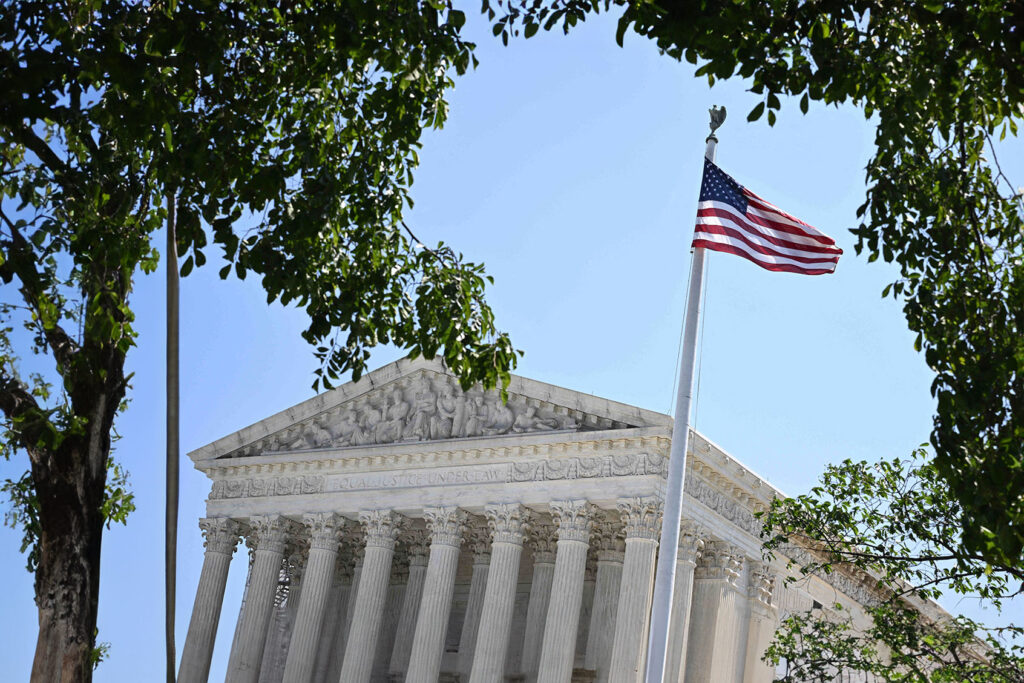
On October 15, 2025, the Supreme Court will hear oral arguments in the pivotal case of Louisiana v. Callais. This case raises fundamental questions about the future of the Voting Rights Act and its implications for minority representation and party power within Congress. The focus is on how race can influence the redrawing of congressional districts, a decision that could reshape electoral dynamics for years to come.
The plaintiffs contend that Louisiana’s attempt to create a second Black-majority congressional district violates the Equal Protection Clause of the U.S. Constitution. They argue that the longstanding interpretation of Section 2 of the Voting Rights Act, which protects minority voting rights during redistricting, may be unconstitutional. This marks the second time the Supreme Court is reviewing this case, as no decision was reached during the previous term.
Understanding the Voting Rights Act is crucial to grasp the significance of this case. Originally enacted in 1965, the act fought against racially discriminatory voting practices by empowering federal oversight of voting rights. Section 2 has served as a vital legal tool for challenging discriminatory redistricting efforts, which historically have diluted minority voting strength.
The origins of the current legal challenge trace back to Louisiana’s congressional redistricting following the 2020 Census. In 2022, state lawmakers made minimal changes to the six congressional districts, leading to a lawsuit filed by a coalition of Black voters. They argued that the redistricting plan diluted the voting power of Black citizens, who represented 31% of the state’s population yet had only one majority-Black district.
Federal courts initially sided with the plaintiffs, declaring that the redistricting violated the Voting Rights Act. The court ordered Louisiana to redraw its congressional map to include a second Black-majority district, applying the principles established in the 1986 Supreme Court decision, Thornburg v. Gingles. This ruling emphasized that congressional districts must allow cohesive racial minorities to elect their preferred representatives.
In response to this court order, the Louisiana legislature enacted Senate Bill 8 in January 2024, successfully creating two districts with significant Black voter representation. Both of these districts elected Democrats in the 2024 congressional elections. However, this new map faced opposition from a group of white voters who argued that the race-based redistricting violated the 14th Amendment’s Equal Protection Clause and the 15th Amendment, which prohibits racial discrimination in voting.
In a subsequent ruling, a three-judge district court sided with the white plaintiffs, marking a significant shift in the legal landscape. The Black plaintiffs from the original case, alongside the state of Louisiana, appealed the decision to the Supreme Court, which has since ordered the case to be re-argued in the 2025-2026 term.
The potential consequences of the Supreme Court’s ruling in Louisiana v. Callais could be immense. Should the Court uphold the lower court’s decision, it would fundamentally alter the interpretation of Section 2 of the Voting Rights Act, effectively limiting the use of race in redistricting and jeopardizing the establishment of majority-minority districts. This could lead to a significant reduction in minority representation in Congress.
Since the enactment of the Voting Rights Act, Section 2 has been crucial in providing tools for challenging discriminatory redistricting practices. A ruling against the current interpretation could restrict these tools, potentially allowing for widespread changes in congressional maps nationwide.
The political ramifications are also noteworthy. The decision could significantly affect the balance of power in the House of Representatives, especially given the correlation between minority communities and the Democratic Party. Reports indicate that Democrats could lose as many as 19 House seats if the Court sides with the lower court ruling.
Recent Supreme Court decisions have shown conflicting signals regarding its stance on voting rights and redistricting. In 2023, the Court upheld a lower court’s interpretation of Section 2 in a related case from Alabama, while in 2024, it overruled a finding of racial vote dilution in South Carolina. The outcome of Louisiana v. Callais will likely set a significant precedent for future voting rights legislation and redistricting practices.
As the Supreme Court prepares to hear this critical case, the implications for both racial representation and the political landscape remain profound. The decision will not only affect Louisiana but could also redefine voting rights across the nation, underscoring the importance of this landmark legal battle.






